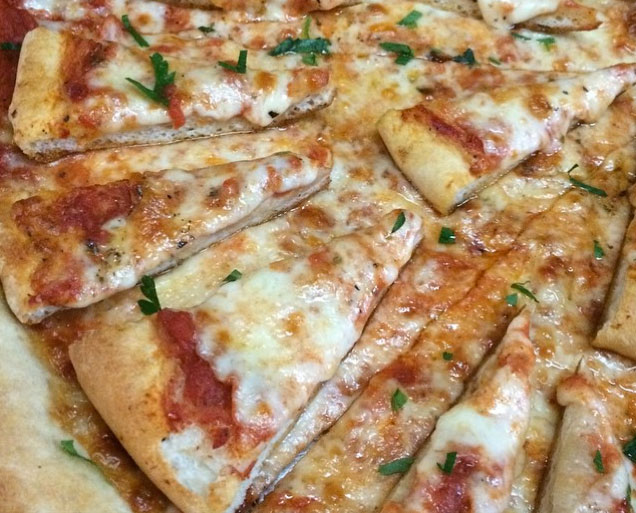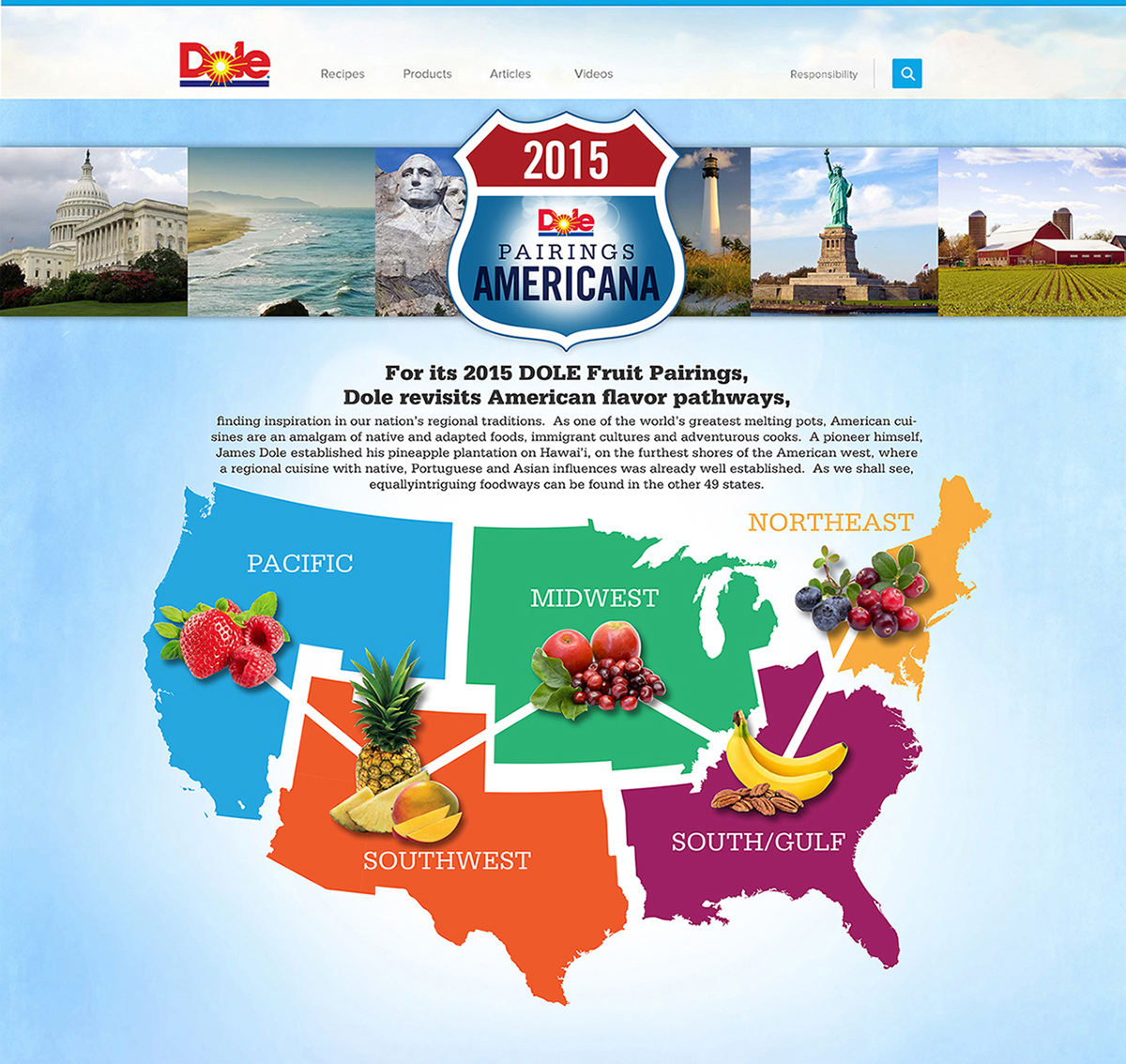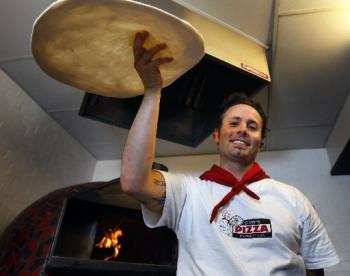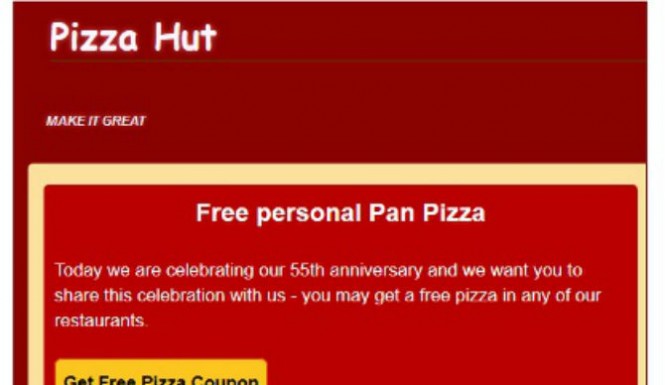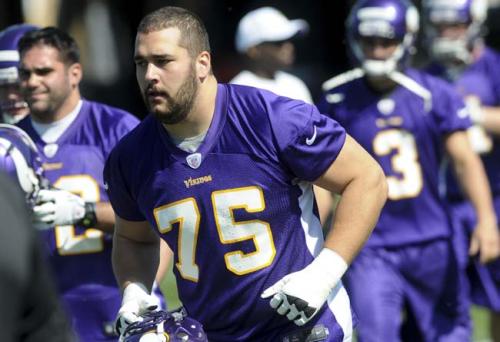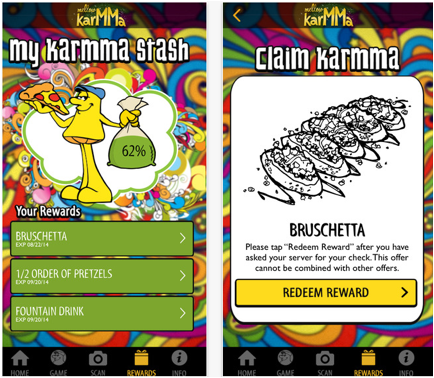Nowadays, it seems, there’s an app for everything. A free app on the iTunes store lets you nap at your desk while it simulates random “busy” sounds—the click of a mouse, the rustling of paperwork, taps on a computer keyboard—to fool your boss. A free Android app called Pointless Game is even more pointless than it sounds: Place your finger on the screen, and you’ll earn a point for every second that you keep it there; lift your finger, and you lose. Talk about the thrill of victory and the agony of defeat.
Then there’s the iPhone app called Sexy Girl Talk: Sexy Alphabet in which “a professional voice model” pronounces each letter of the alphabet “in a sexual and sophisticated way.” Heck, the letter W alone is surely worth the 99-cent charge.
But don’t let all of these worthless apps fool you. If anything, their abundance points to an undeniable fact: People love apps, even apps that pretty much do nothing at all. Give them an app that they can actually use—and, even better, an app that they can use to buy something they really want—and you’ve got it made in the digital shade.
We are in the midst of a mobile marketing revolution. Resistance is futile. Just as the Internet rapidly morphed into an unstoppable marketing force in the late 1990s, smartphones and tablets are changing the way we market our products and services today. As Tracy Morin reports in this month’s cover story, “Planet of the Apps” (page 26), more and more of your customers want options when it comes to placing their pizza orders. As much as they love their smartphones—and, according to a Pew Research Center poll, 56% of American adults now own one—they don’t necessarily want to use it to make a call, especially when they can just tap a few icons on the screen and get the same results without being asked a lot of questions or getting put on hold for five minutes. In an Interactive Advertising Bureau (IAB) study of smartphone users earlier this year, 50% of those surveyed said they have downloaded at least one restaurant-branded app on their mobile devices. And here’s the really impressive number: According to the IAB study, 69% of those surveyed had ordered food via mobile devices, and 72% of that group had ordered pizza! Meanwhile, 28% of those surveyed said they will use a mobile device to order food online during the Super Bowl. What will they order? Filet mignon? Pheasant under glass?
Nope. They’ll probably want pizza. Your pizza. So make it easy for them to order it. The easier and faster you make it, the more often they’ll choose you over your competitors, especially if your competitors don’t offer an app yet. And if your competitor does offer an app and you don’t, well … have I mentioned that you really need to read Tracy’s article? Everything you could ever want to know about creating and marketing your own restaurant app is right there. And unlike an app that makes it sound like you’re hard at work, this sort of app really will keep you busy until closing time, selling pizzas, baking pizzas, delivering pizzas and making money.
Rick Hynum




